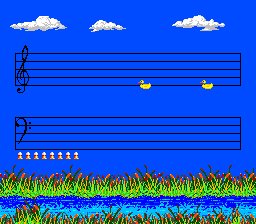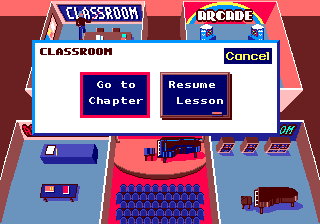

For just the second time in a public viewing, the soundtrack will be heard at the quality the composers intended. On Friday, June 14, at the Century Cinema 16 in Mountain View, an expected audience of 450 will fill a theater to watch a meticulously restored Mars in 3D. The splashiest payoff is now around the corner. What followed was a tenacious labor of love, sustained by personal and artistic loyalties. The 16-millimeter film cannisters were relegated to the environmentally unfriendly storage of Levinthal’s pool house and ultimately were donated, along with other items, to the archives at NASA’s Ames Research Center at Moffett Field.ĭecades passed before Chowning, still daydreaming about that night in 1980, proposed an ambitious attempt to resurrect the film and music.

The Samson Box, which provided breakthrough computer power for composers, eventually became a museum piece in France. And at other screenings, the music was heard only as it was recorded on the film, at a very low monophonic quality. The scenic staging Mars in 3D had enjoyed as part of the larger CCRMA concert bill could never be replicated. (Photo: Chuck Painter / Stanford News Service)īut it was an ephemeral triumph.

Professor of Mechanical Engineering Elliott Levinthal in 1984. “It was important because there was this link between high technology, space and the most high-tech computer music system that existed at the time.” “It was a kind of confirmation that computer music, or music technology, has a place,” says Chowning, MA ’64, DMA ’66, who remembers how fiercely the genre originally had been denounced for allegedly dehumanizing music. But the musical component had unique significance, too. The visual content of the film, which was being unveiled mostly at showings in scientific venues, was historic. Each created about half the music for the score, rendered that evening with a four-channel mixer and surround-sound loudspeakers, directly from a seminal digital synthesizer known as the Samson Box. He in turn had recruited graduate students Mike McNabb and Bill Schottstaedt as composers. A Stanford professor and deputy leader for the NASA landers’ camera team, Levinthal, PhD ’49, had asked Chowning, one of the founders of the Center for Computer Research in Music and Acoustics (CCRMA), to create a soundtrack for the film. The film, Mars in 3D, had a human cast of one: on-screen narrator Elliott Levinthal. Rockscape shots of curious dust patches and winding depressions captured during the first successful landings on the red planet by the Viking 1 and 2 spacecraft in 1976 had been turned into a 32-minute movie. For one portion, the roughly 300 attendees donned red/cyan stereoscopic glasses to view 3D images of the surface of Mars, projected on a large screen. The event was an outdoor concert and film screening in the Stanford hills near Felt Lake. “Mars was in the sky,” says John Chowning, his voice soft and nostalgic as he casts his mind’s eye back to a late July evening in 1980.


 0 kommentar(er)
0 kommentar(er)
